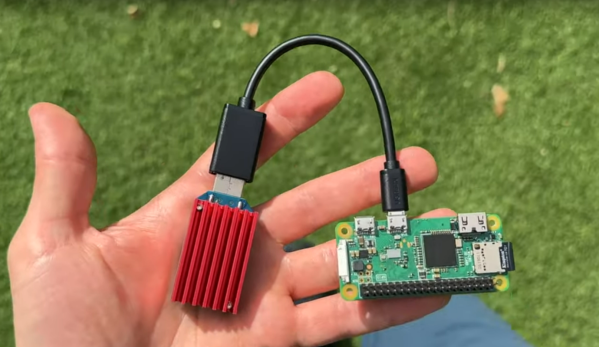Just when you thought the saga of the Bitcoin wallet lost in a Welsh landfill was over, another chapter of the story appears to be starting. Regular readers will recall the years-long efforts of Bitcoin early adopter James Howells to recover a hard drive tossed out by his ex back in 2013. The disk, which contains a wallet holding about 8,000 Bitcoin, is presumed to be in a landfill overseen by the city council of Newport, which denied every request by Howells to gain access to the dump. The matter looked well and truly settled (last item) once a High Court judge weighed in. But the announcement that the Newport Council plans to cap and close the landfill this fiscal year and turn part of it into a solar farm has rekindled his efforts.
Howells and his investment partners have expressed interest in buying the property as-is, in the hopes of recovering the $780 million-ish fortune. We don’t think much of their odds, especially given the consistently negative responses he’s gotten over the last twelve years. Howells apparently doesn’t fancy his odds much either, since the Council’s argument that closing the landfill to allow him to search would cause harm to the people of Newport was seemingly made while they were actively planning the closure. It sure seems like something foul is afoot, aside from the trove of dirty diapers Howells seeks to acquire, of course.















